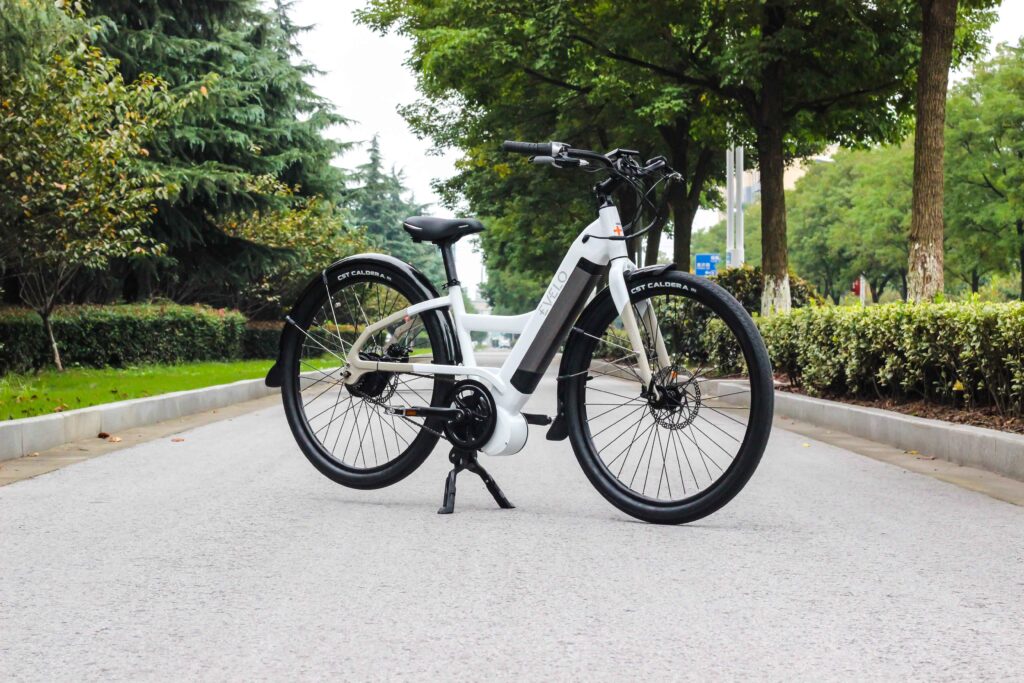
Shipping an electric bicycle (e-bike) requires careful consideration and proper handling to ensure its safe arrival. In this article, we will explore what electric bicycles are, the advantages of using them, interesting facts about e-bikes, their rise in popularity as a vehicle, best practices for packing and guide on how to ship an electric bicycle. We’ll also provide important regulations to consider when shipping vehicles such as an e-bike and provide a list of couriers that offer shipping services for e-bikes.
Understanding Electric Bicycles
Electric bicycles, or e-bikes, are bicycles equipped with an electric motor that assists the rider’s pedaling efforts. They are designed to provide additional power and make cycling easier and more accessible for a wide range of individuals.
Advantages of Using Electric Bicycles
- Increased Range: E-bikes allow riders to cover greater distances with less effort, thanks to the electric motor’s assistance.
- Commuting Efficiency: E-bikes offer a convenient and eco-friendly mode of transportation, particularly for commuting in urban areas where traffic congestion and parking can be challenging.
- Fitness and Health Benefits: While e-bikes provide motorized assistance, riders can still engage in physical activity and enjoy the health benefits of cycling.
- Environmental Friendliness: E-bikes produce fewer emissions compared to motorized vehicles, contributing to reduced air pollution and a greener environment.
Interesting Facts about Electric Bicycles
- Battery Technology: E-bikes are powered by rechargeable batteries, typically lithium-ion, which offer improved energy density and longer riding range.
- Pedal-Assist Modes: Most e-bikes offer multiple pedal-assist modes, allowing riders to adjust the level of electric assistance based on their desired effort and riding conditions.
- Legal Classifications: E-bikes are regulated differently across countries and regions, with varying speed limits and requirements for rider age, helmet use, and road access.
- Growing Market: The popularity of e-bikes has been steadily increasing, with a significant rise in sales and adoption globally, as people seek alternative transportation options.
E-Bikes as a Popular Vehicle
E-bikes have gained popularity due to their numerous benefits and versatility. They provide a practical and efficient solution for urban commuting, recreational cycling, and even as an alternative to cars for short-distance transportation.
Best Practices for Packing and Shipping E-Bikes
When shipping an electric bicycle, proper packing is crucial to prevent damage during transit. Here are some best practices to follow:
- Disassembly: If possible, disassemble removable components such as the handlebars, pedals, and seat post to reduce the size and minimize the risk of damage.
- Protective Packaging: Wrap the e-bike frame and components in bubble wrap or foam padding to protect against scratches and impacts. Secure loose parts and accessories.
- Sturdy Box or Crate: Place the disassembled e-bike in a durable cardboard box or wooden crate that provides ample space and structural integrity to withstand handling and shipping.
- Additional Padding: Add extra padding around the e-bike within the packaging to further protect it from shocks and vibrations during transit.
- Secure Packaging: Use packing tape or straps to secure the packaging and prevent movement or shifting of the e-bike inside.
- Labeling and Documentation: Clearly label the package as “Fragile” and include necessary shipping information, such as addresses and contact details. Ensure all required shipping documents are in order.
Regulations to Consider
When shipping vehicles like e-bikes, it is essential to comply with relevant regulations. Consider the following:
- Shipping Restrictions: Check local and international shipping regulations to ensure compliance with any restrictions on shipping vehicles, batteries, or hazardous materials.
- Customs and Duties: Understand the customs requirements and potential duties or taxes associated with shipping e-bikes to different countries or regions.
- Insurance Coverage: Consider insuring the e-bike during shipping to protect against loss or damage.
Couriers Offering E-Bike Shipping Services
Here are some reputable couriers that offer shipping services for e-bikes:
Shipping an electric bicycle requires careful packing, adherence to regulations, and selecting a reputable courier experienced in vehicle transportation. By following the best practices outlined in this guide, you can ensure your e-bike arrives safely at its destination. Embrace the benefits of e-bikes as a sustainable mode of transportation and enjoy the convenience they offer while exploring new horizons.
